ENERGY
Climate protectors in town
Private individuals and industry executives are not the only ones who can save electricity and gas. Towns all over Germany have long since begun to turn off energy guzzlers or even generate energy themselves. Here is a selection of good examples.
Text: Maike Rademaker and Antonia Sagast
Illustrations: Andrea Ucini
ENERGY
Climate protectors in town
Private individuals and industry executives are not the only ones who can save electricity and gas. Towns all over Germany have long since begun to turn off energy guzzlers or even generate energy themselves. Here is a selection of good examples.
Text: Maike Rademaker and Antonia Sagast
Illustrations: Andrea Ucini

Saving electricity and gas is not the sole purview of private individuals and industry executives. Municipalities across the country have long since begun to identify energy guzzlers and develop ideas on how to save energy. They don’t stop at closing open-air pools and dimming the lights, they have also been building and planning for years: wastewater treatment plants are being converted into heat suppliers, administrative bodies save energy in the digital realm, investments in green electricity help entire towns become energy self-sufficient. There is one thing they all have in common: they take pride in what they have achieved.
Money down the drain
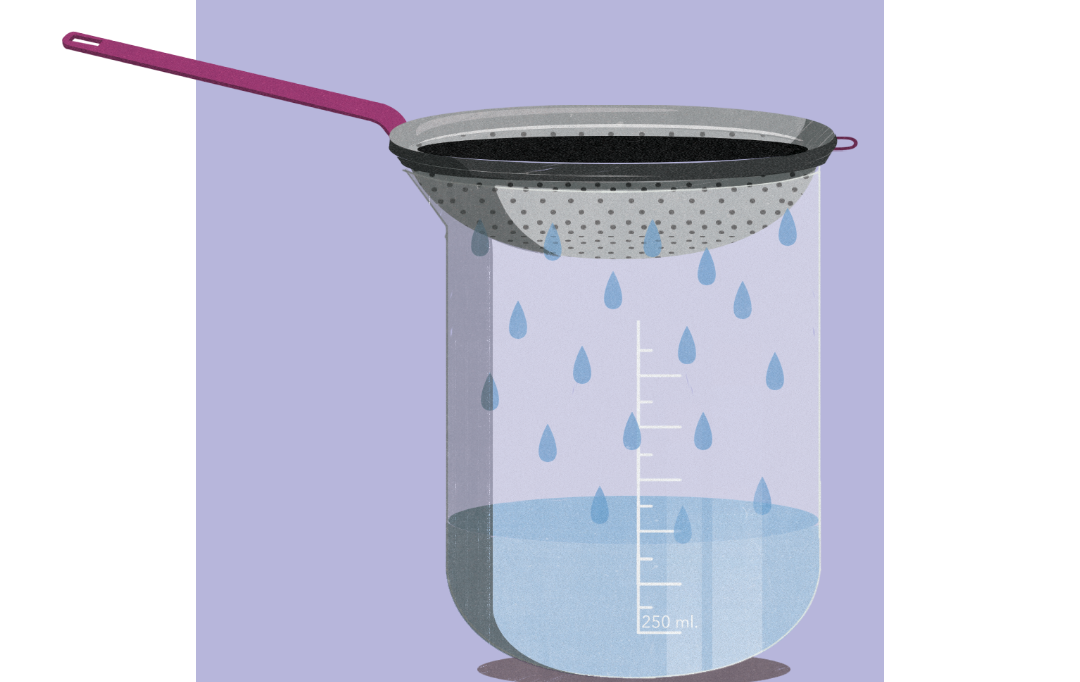
At times the things people get excited about can be quite astonishing. Stefan Sedlmaier was beaming with pride when he said, “wastewater treatment plants are my hobby!” And the wastewater treatment plant in the Bavarian town of Peißenberg where Sedlmaier has been working as an operations manager for 29 years really is astonishing. More than 100 percent of heat and 80 percent of its electricity needs are produced on-site. The remaining electricity is green electricity. The municipality couldn't be happier, because a wastewater treatment plant usually is the biggest power guzzler in town, according to the German Environment Agency (Umweltbundesamt, UBA). The 10,000 German wastewater treatment plants consume 4,400 gigawatt hours (GWh) of electricity per year – the equivalent of 900,000 private households. So, the potential savings are quite substantial.
That is why Peißenberg installed a combined heat and power (CHP) unit several years ago. And that was only the beginning: “We made a list of everything that needed electricity back then and asked in each and every case: do we really need this or could we turn it off,” Sedlmair said. The costs for the municipality were negligible: “If you harness the waste heat from ventilation systems and channel it from one building to the next, all you need is a few pipes. That is something we can do ourselves.” In 2021, the town was among the prize-winners in the “Klimaaktive Kommune” programme, which literally translates to “climate active municipality”. Peißenberg has long since started to attract representatives from other towns and cities who would like to learn from its experience.
The town's secret to success? Motivate the technical staff and let them do their thing. “You need to give employees the possibility and the space to contribute ideas and to implement them, too,” explained Frank Zellner, who has been mayor of Peißenberg for almost three years. He said he could only recommend that approach to every town and city. “It is not something only rich municipalities can do. Peißenberg used to be a mining town. The wastewater treatment plant shows what you can do even if you are short on resources.”
It is incredible how much energy it takes to power servers and digital devices.
Press delete!
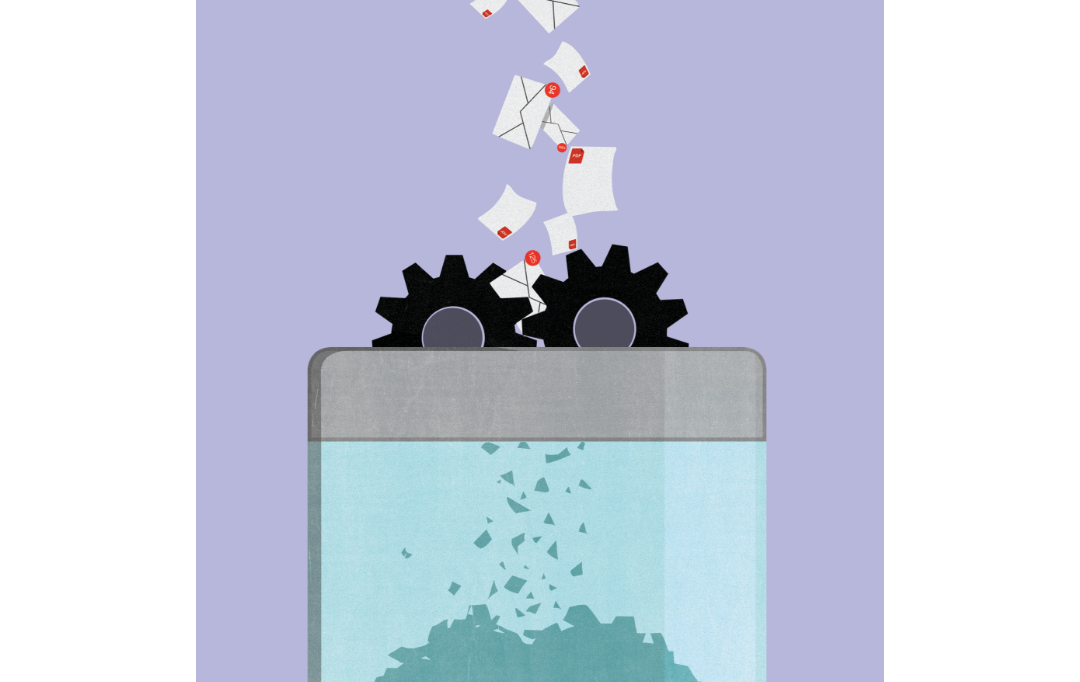
The 60 or so employees at the town hall of Stockelsdorf, a small town near Lübeck, have recently been given a special task: delete data in their accounts. E-mails, saved files, information about the Gemeindetag (association of towns), large pdf files – everything should be deleted as often and as quickly as possible. They are not supposed to do it because they have something to hide but because uploading data that are not needed any more over and over again consumes a lot of electricity.
For Julia Samtleben, the mayor of Stockelsdorf, saving energy has long been a priority. “It is incredible how much energy it takes to power servers and digital devices. We noticed a lot of data is saved multiple times – in all e-mail inboxes and on several servers. Every year, they received about 500 data-heavy e-mails from the Gemeindetag, she said; but while this information was important it didn't need to be saved on every computer. “So, I encouraged my people to delete those e-mails. So far, we got rid of 200 gigabytes of data, and the employees are accessing the documents on a website instead. That doesn't only save energy, it also saves on hardware.”
“Green IT” is not new: the idea of curbing the energy consumption of digitalisation has been going around for years in public administration; a federal initiative on this has just been extended until 2027. There is a broad range of possibilities to save energy, from adjusting the brightness settings and activating sleep mode on computer screens to central printers or energy-efficient data centres. Also, modern devices such as thin clients need 97 percent less energy than PCs. Numerous municipalities are already supporting the concept of green IT: the Kiel city administration has cut down on servers and hard drives, at the administrative offices of Bad Bramstedt-Land it was new computer screens, thin clients and blade servers that brought down energy consumption. And the city of Heide relies on individually adjustable timers that turn off PCs automatically. This saved 13,000 KWh, which is 10 percent of total electricity consumption.
Stockelsdorf with its 14,000 inhabitants did not stop at saving energy in administrative offices; the mayor is a fountain of ideas. Among others, she switched street lights to LED and dimmed them, too. “As far as our Christmas lighting is concerned, we exchanged the chain of lights and looked at the energy consumption of the other lighting elements,” Samtleben said. Also, all the flat roofs in town are currently being checked to see if they are suitable for solar panels.
Chemnitz, the Sun King
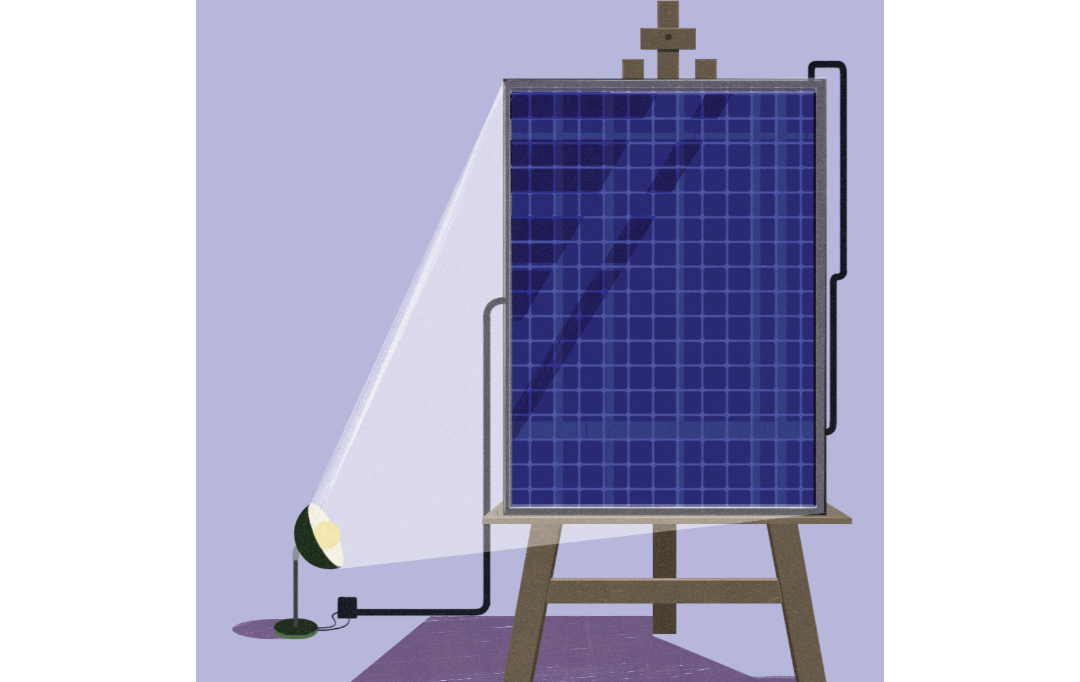
San Francisco, Dubai or even Freiburg im Breisgau – these are all places known to be drenched in sun most of the year. But Chemnitz? The city has only recently been crowned solar capital of Germany. The “WirtschaftsWoche” business magazine has analysed public statistics and found that, for years, Chemnitz has been expanding solar power much faster than other German cities. “The development is encouraging”, a spokeswoman for the metropolis in southern Saxony said rather tersely. “Besides, solar radiation in this region is relatively good.”
From January until July 2022, Chemnitz registered a total of 248 new solar installations surpassing the German average by 13.4 percent, according to data compiled by “Selfmade Energy”, a comparison website for solar installations, and the Federal Network Agency for Electricity, Gas, Telecommunications, Post and Railway in Germany (or, to be more precise, the Bundesnetzagentur's Marktstammdatenregister where every solar installation is registered). By 2040 Chemnitz wants to be climate-neutral and contribute to reaching the Paris climate goals by not using fossil fuels and resources any longer. The government has selected suitable sites for solar installations, produced development plans and found investors including an energy utility partly owned by the city.
Photovoltaic (PV) installations are not the only game in town, though; Chemnitz also relies on heat pumps and wind power. To promote energy savings in existing buildings, the city has worked out district energy concepts with landlords, an energy utility and other partners. That includes district heating. In Brühl, a Gründerzeit district of Chemnitz, solar heat contributes 10 percent to the low-temperature network.
One factor that makes the expansion of renewable energies in Chemnitz stand out is the high level of civic engagement among the almost 250,000 inhabitants. Civic solar installations private citizens can invest in even if they don't have property to put solar panels on are a prime example. So is the fact that the new installations that earned Chemnitz its title as solar capital of Germany are mostly private property. “People in Chemnitz are open to solar power”, said the press secretary. “That is true for private citizens, residential real estate companies and other commercial investors. Otherwise the achievement would not have been possible.”
“Wind power for the neighbours”
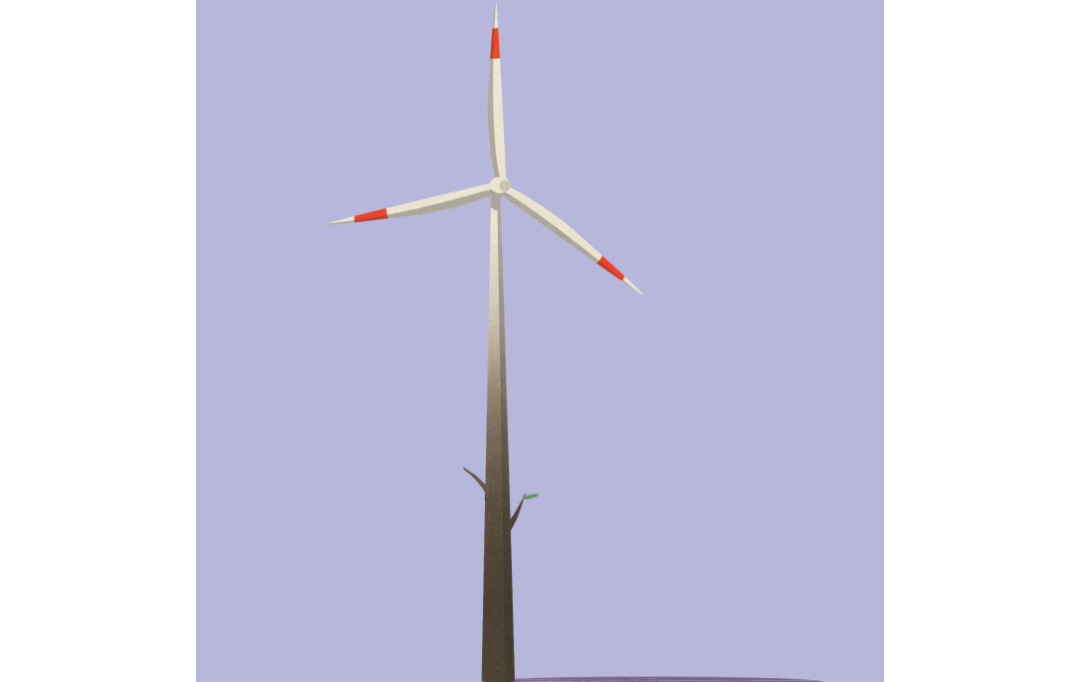
Mecklenburg-Western Pomerania's east coast is known for its splendid views and continuous strong winds. No wonder investors are using particularly windy spaces to generate energy. Even the citizens of the seaside town of Dassow have joined the party now: making a virtue out of necessity they bought a stake in a wind farm – and benefit financially too now.
Dassow is situated on a branch of the Trave river, across from the city of Lübeck. The lifeblood of the town that calls itself “gateway to the Baltic Sea” has traditionally been tourism, three large medical device companies and agriculture. Now Dassow can add energy to that list because the town invested 60,000 euros in the neighbouring Schönberg civic wind farm where eight turbines generate electricity for 7,500 households. Profits are booming and Dassow benefits from high dividend payments.
Most of the 4,000 citizens of Dassow don't notice how lucrative an investment it is at first. “The dividend payments go into our budget,” explained Pahl. That way the money supports public capital investments such as the new sports field currently under construction. Dassow relies increasingly on renewable energies. “Historically, people around here have always used gas for heating – and that has become a lot more expensive,” said Pahl. Last year, the town commissioned a feasibility study on renewable energy and heating supply. Now it wants to generate electricity on the roof of the schoolhouse and is looking to establish a district heating network. The equity stake in the wind farm shows that embracing renewables can also be financially rewarding.
We said to ourselves: let's give it a try and acquire a stake reserved for neighbours
Wood and local heating in Reit im Winkl
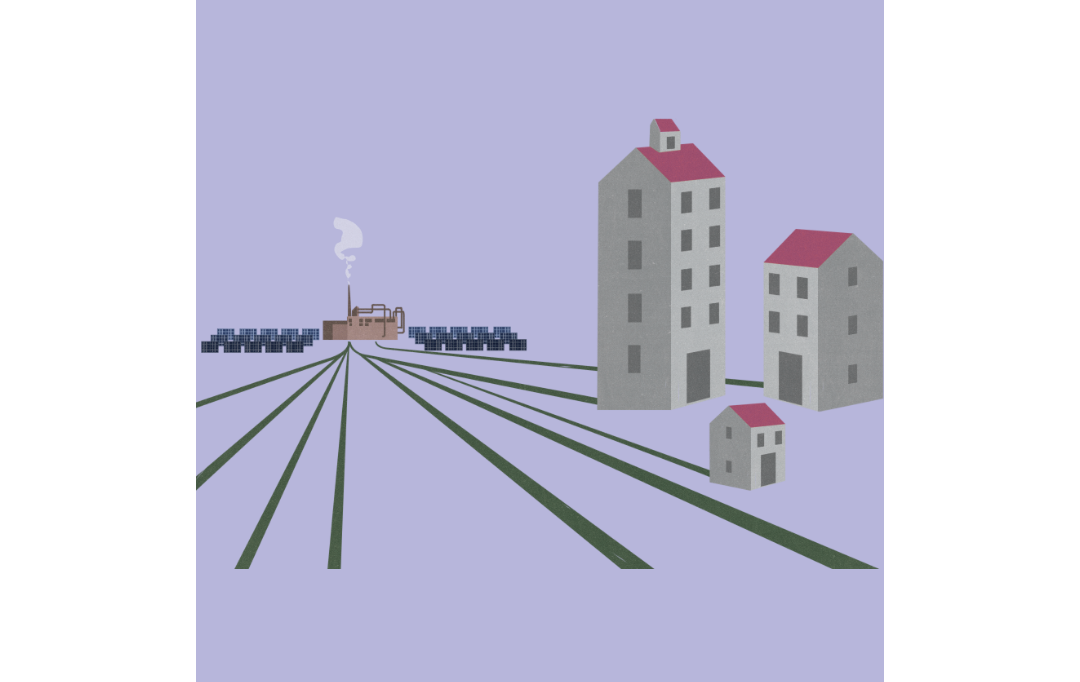
Wood-based heating and warm water – what could be more sustainable right now? That is what the nearly 2,340 citizens of Reit im Winkl in Upper Bavaria are convinced of. Since the year 2000 they have been using a centrally located wood-based heating plant that is connected to private households via pipes. “More than 560 houses are currently connected to our system, that is more than 90 percent of houses in Reit im Winkl,” said Andreas Heigenhauser, managing director of Naturwärme, the utility that operates this system. “A lot of people are asking to join our network right now, but we simply cannot handle it all.”
Reit im Winkl is located in one of the most densely forested areas of Germany, to the south-east of Munich. The village has 5,000 hectares of forest. “Today we know how lucky we have been: we were allowed to figure out how to supply the village without gas very early on”, Heigenhauser said. “We don't have any geothermal energy, no wind, no water, no waste or process heat. All we have is the sun and wood.” Back then, they didn't focus on climate protection, they wanted to secure the future of their town because in certain weather conditions it was as if the air was stuck above the valley; oil heating systems’ exhaust fumes were hanging over the village blocking fresh air from coming in, and Reit im Winkl was about to lose its designation as Luftkurort, which only places with certifiably clean and healthy air can obtain.
“At the beginning, we used the plant to attract outside investments; today, our top priority is climate protection,” the engineer explained. The wood chip heating system uses wood from forest management and sawmills and is at the centre of a local heating network that fans out across the entire village with 50 kilometres of double-insulated pipes equipped with leak detection sensors. “What's more, we have lowered both the supply temperature and the return flow temperature using warm instead hot water,” Heigenhauser said. New heat accumulators and heat pumps are planned for the future. Even a second heating plant is in the cards. “This would be the logical next step,” said Heigenhauser. “But we have to see if it makes sense financially; after all we are only a small village.”
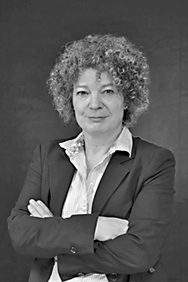
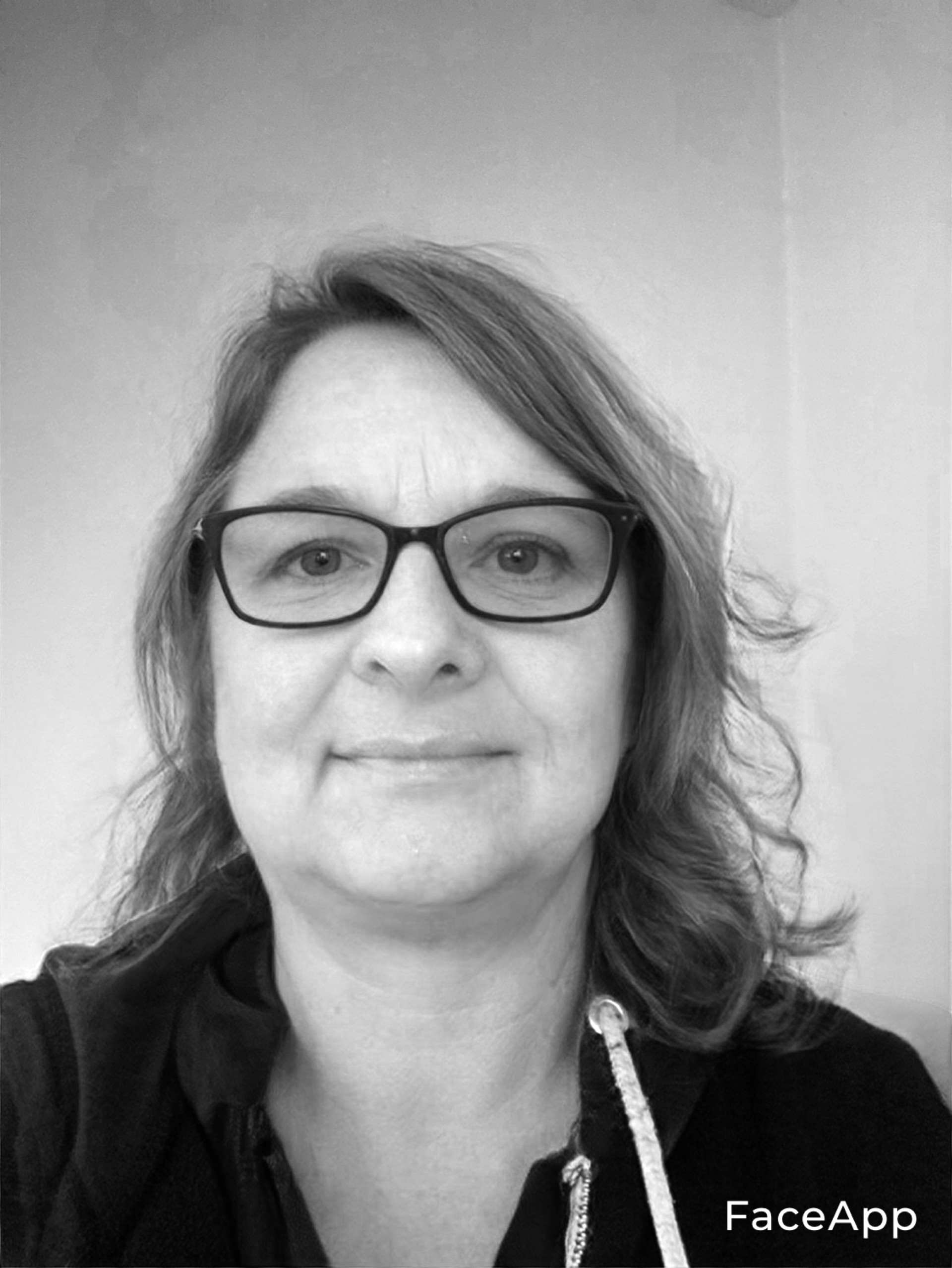
Maike Rademaker is a freelance journalist and presenter focussing, among others, on climate change and environmental topics.
Antonia Sagast is a journalist who has been writing on energy and economic policy for many years.


Maike Rademaker is a freelance journalist and presenter focussing, among others, on climate change and environmental topics.
Antonia Sagast is a journalist who has been writing on energy and economic policy for many years.
Also interesting

Margaret Heckel // Ökostrom per Flatrate
Der Energiepreisschock wird den Wandel zu einer klimaneutralen Wirtschaft entscheidend beschleunigen. Durchaus möglich, dass Grünstrom dann kaum mehr was kostet.

Felix Langrock // Mehr Tempo für den deutschen Pass
Qualifizierte Arbeitnehmer sollten schneller Deutsche werden können.

Karina Würtz // Freiheitsenergie vom Meer – die Ruhe vor dem Sturm?
Offshore wind farms are supposed to make the energy transition happen after all. But it is still a long way to go. Building wind farms in the sea and connecting them to power grids on land requires a lot of things that are still missing.
